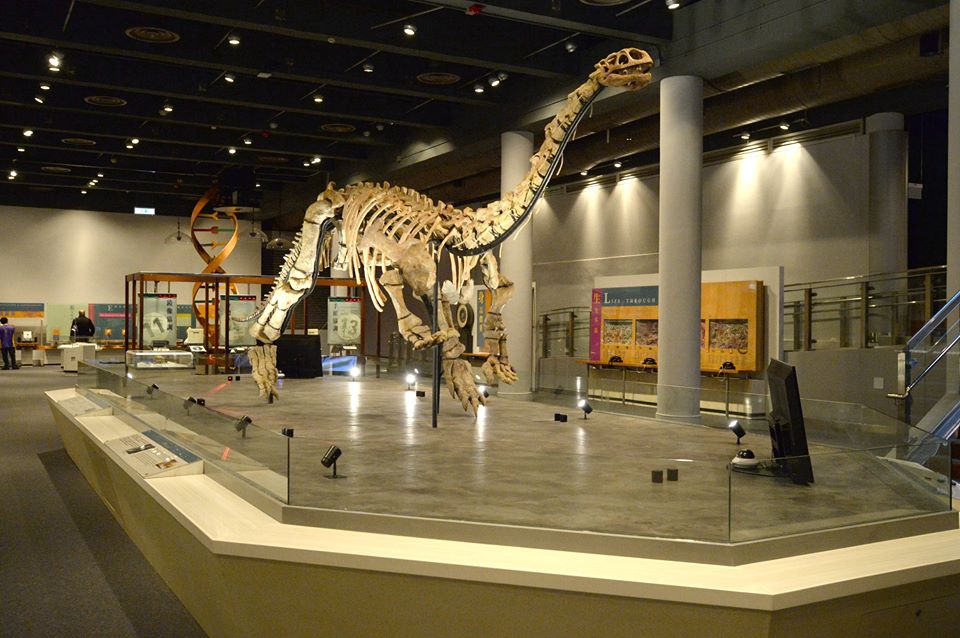The Best Science and Technology Museums You Must Visit
Sustainability is more than a buzzword; it is a critical pillar for preserving our planet's future. According to the United Nations Environment Programme, the world must reduce global waste by 30% to meet sustainable development goals and alleviate the burden on natural ecosystems. Within this context, science and technology museums serve as essential platforms for education, inspiration, and awareness surrounding sustainability and innovation. 
In this article, we will explore some of the best science and technology museums worldwide that embody these principles, offering unique learning experiences and inspiring the next generation of innovators.
The Top Science and Technology Museums

1. The Exploratorium – San Francisco, California, USA
The Exploratorium stands as a beacon of scientific inquiry and engagement. With its interactive exhibits, the museum emphasizes experiential learning, encouraging visitors to explore the science behind everyday phenomena.
- Key Features: Over 600 hands-on exhibits, stunning views of the San Francisco Bay, and a focus on sustainability practices in science.
2. The Science Museum – London, United Kingdom
Renowned for its rich collection of exhibits, the Science Museum inspires curiosity about scientific advancement and technological innovation.
- Key Features: Home to over 300,000 items including historical artifacts like the Apollo 10 command module, and engaging seasonal exhibitions that reflect contemporary scientific issues.
3. Deutsches Museum – Munich, Germany
As the world's largest museum of science and technology, the Deutsches Museum showcases the extensive evolution of scientific thought and practice.
- Key Features: An impressive volume of over 50 exhibition areas, including maritime navigation, transportation, and energy conservation practices.
4. Tech Interactive – San Jose, California, USA
A hub for technological innovation, the Tech Interactive focuses on the intersection of technology and community.
- Key Features: Interactive labs and workshops that encourage collaboration among visitors, fostering a robust understanding of how technology can enhance sustainable living.
5. Phaeno Science Center – Wolfsburg, Germany
The Phaeno Science Center offers an engaging blend of science and art, designed to stimulate curiosity through interactive experiences.
- Key Features: Over 350 hands-on experiments promoting physical science, engineering principles, and environmental awareness.
6. California Academy of Sciences – San Francisco, California, USA
This museum focuses on sustainability, biodiversity, and the importance of conservation efforts in today's world.
- Key Features: Features an aquarium, planetarium, natural history museum, and a living roof that serves as a model for ecological design and architecture.
7. Museum of Science and Industry – Chicago, Illinois, USA
As the largest science museum in the Western Hemisphere, the Museum of Science and Industry emphasizes innovation that drives progress.
- Key Features: Permanent exhibits that confront pressing global challenges, including renewable energy, the advancements of the industrial age, and future innovations.
8. Cité des Sciences et de l'Industrie – Paris, France
As the largest science museum in Europe, this facility serves as an educational resource for all ages.
- Key Features: Dedicated sections for children, planetarium shows, and exhibitions on sustainability, energy, and cutting-edge technologies.
9. Science Center Singapore – Singapore
This interactive museum features immersive experiences that reflect Singapore's role as a global hub for science and technology.
- Key Features: Themed exhibits focus on renewable energy, biotechnology, and the future of science, all tailored to engage young minds.
10. Nova Scotia Museum of Natural History – Halifax, Canada
Focusing on the intersection of science and nature, this museum serves as a vital informant on local biodiversity and conservation efforts.
- Key Features: Exhibits on local wildlife, conservation practices, and interactive displays emphasizing the importance of sustainable living.
Conclusion
Visiting science and technology museums is not only an enriching experience but also a significant step toward fostering a deeper understanding of sustainability and innovation. As we navigate these challenging times, it is crucial to seek out educational opportunities that empower individuals to drive change within their communities.
Tips
- Plan Ahead: Research the museum's current exhibits and events. Websites like Visit a Museum offer comprehensive guides.
- Engage with Interactive Exhibits: Participate actively in hands-on demonstrations to maximize your learning experience.
- Incorporate Sustainability into Your Visit: Use public transport or carpool to reduce your carbon footprint when visiting these museums.
- Support Local Initiatives: Many museums have programs aimed at sustainability; support these initiatives through donations or volunteer work.
References
- United Nations Environment Programme
- National Science Foundation
- NASA Climate Change
- World Resources Institute
- Environmental Protection Agency
- National Geographic
- Green Building Council
- European Environment Agency
- British Science Association
- International Council of Museums



































![[LIVE] Engage2Earn: Save our PBS from Trump](https://cdn.bulbapp.io/frontend/images/c23a1a05-c831-4c66-a1d1-96b700ef0450/1)




















